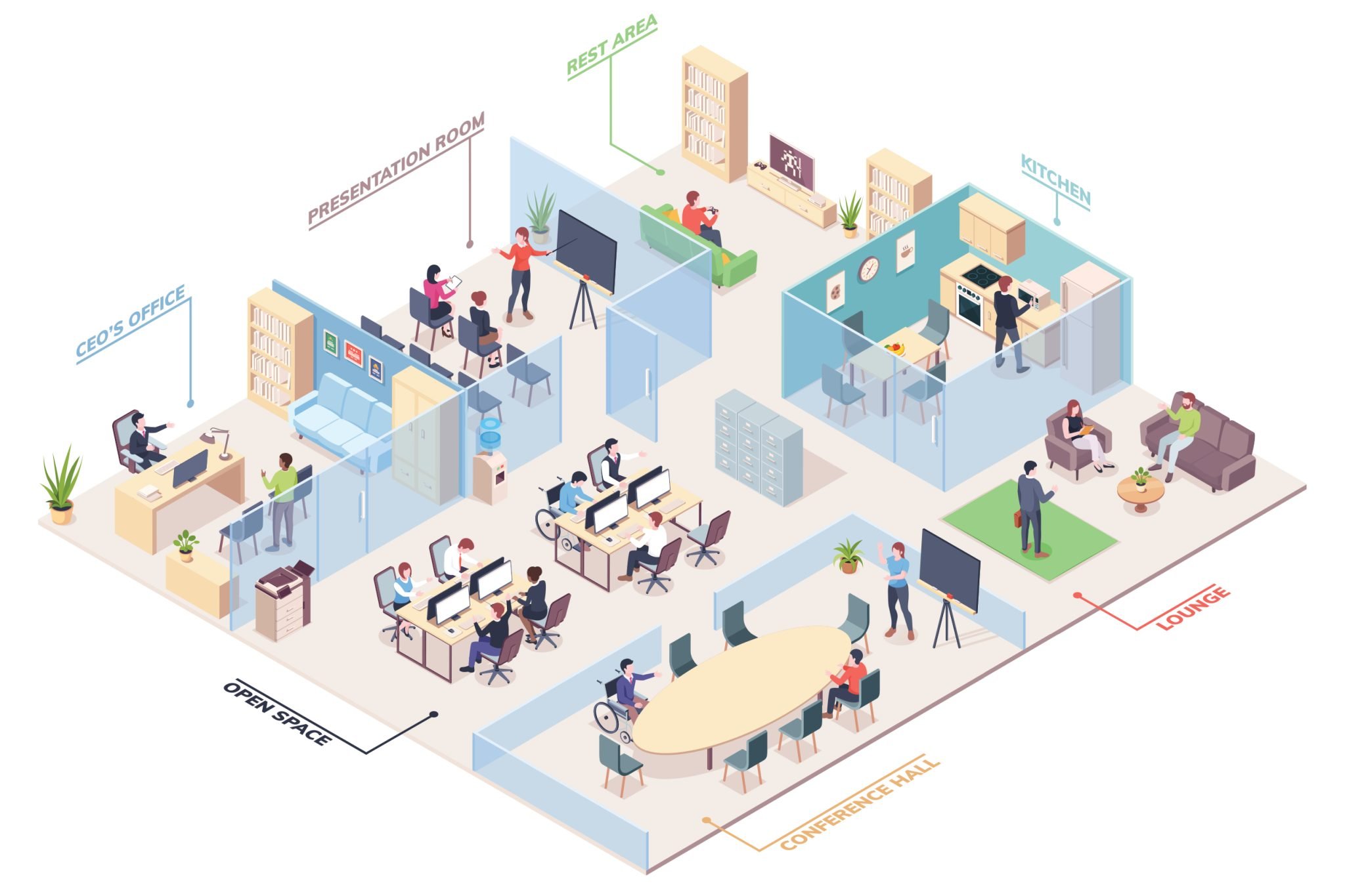CRE Leaders Focus on Utilization Rates as No. 1 Guiding Factor of Portfolio Performance
CoreNet Global E Leader -2023 exerpt from the Global Workplace & Occupancy report
In the sprint to get hybrid work right, workplace managers and CRE Leaders alike found themselves searching for data that closed the gap between what we think is true of space utilization and what has actually been occuring in the workplace. Space Utilization metrics landed in front of Cost Per Seat and Seat Density (which were the top 2 drill-down metrics used in previous years) as indicated by CRE professionals in their assessment of corporate real estate portfolio optimization.
“Utilization will continue to dominate occupancy metrics as the data informs workstyle personas, employee experience programs and portfolio optimization strategies,” the Global Workplace & Occupancy Insights Report states.
Wi-Fi Based Utilization Systems Gain Traction
The static data that corporations used back in the days of cubicles are falling out of practice as CRE leaders realize the need for continuous space analytics. As emerging Workplace Strategists roles rise up and collaborate with other corporate leaders, they’re coming up against the data gaps previously used: badging, visual observations, clicker studies, and room sensors.
When it comes to Badge Data, the challenges are the obvious, no one is badging out, making it impossible to see utilization highs and lows. Yet the 2022-2023 survey showed Badge Swipes way out in front as a methodology for examining utilization.
According to the research, there are five (5) ways utilization is currently measured:Badge Swipes (93%)
Visual Observations (34%)
Wi-Fi and Network Analysis (32%)
Ceiling Sensors (23%)
Threshold Sensors (15%)
Continuous Utilization Analytics for Corporate Spaces
CRE leaders use strategic questions as a new way of thinking about how they collect utilization metrics. These decisions require continuous, agile space analytics that can be adjusted should the KPIs shift focus. As the report shows, year over year there has been a greater awareness of the value of understanding utilization, and the ability to reference data when space requests are requested. Over time, space designs are refined to better support worker needs, increasing utilization rates.
This will have an unprecedented positive impact on portfolio optimization over time, creating portfolios and spaces that are directly aligned with measurable user preferences and quantified space demand.
Getting to actual utilization rates is a big part of workplace management jobs these days – a lot of the CRE leaders are fielding requests for departmental expansions, hybrid workspaces, flex space or collaborative spaces.
Here are some of the questions that CRE teams try to solve for:
Collaboration - Is it occuring, when, what days, and for how long?
Community Building - Flexible and dynamic spaces are credited with sparking more employee interations.
Cost Savings - Multiple-purpose spaces provide a bottom-line savings and eliminate off-premises leasing for special events.
Bottom line: The right metric makes anything possible for the right solution to workplace solutions. Let Tamara’s team at Corporate Real Estate Advisory Services,LLC help you to solve your company’s solutions!
www.corporateREadvisoryservices@gmail.com


